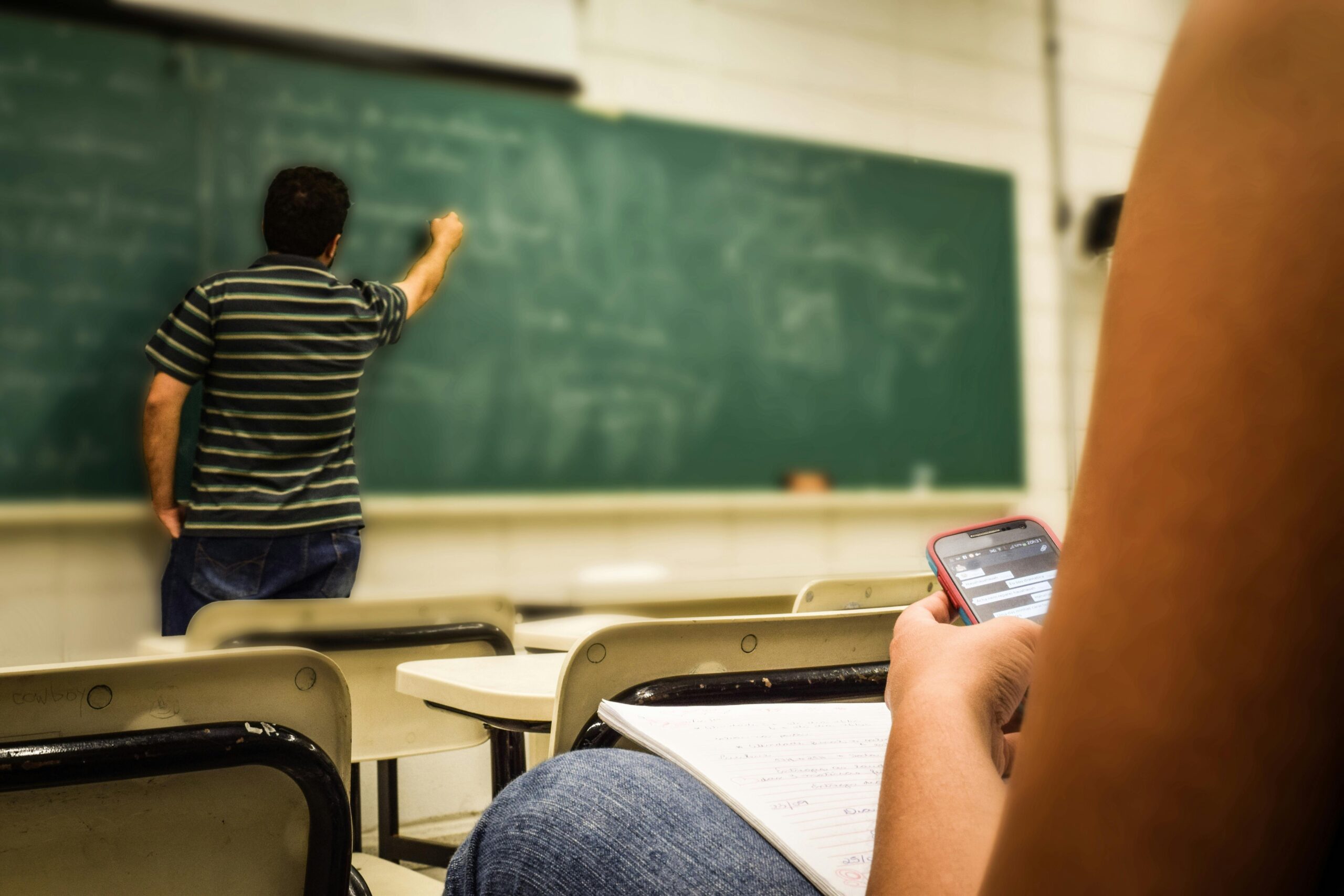URGENT UPDATE: As educators face mounting pressures in the classroom, new technology tools are poised to dramatically enhance teaching efficiency. Just announced in October 2023, these innovative resources aim to streamline lesson planning, assessments, and student engagement, helping teachers maximize their impact while minimizing stress.
In the fast-evolving educational environment, the need for effective teaching tools has never been greater. The latest advancements showcase eight essential tools that not only save time but also improve learning outcomes for students and teachers alike.
Learning Management Systems (LMS) like Google Classroom, Canvas, and Schoology are at the forefront of this transformation. These platforms enable educators to easily distribute assignments, collect student submissions, and provide feedback in one centralized location. With integrated communication features, teachers can keep parents and students informed about progress and updates, making administrative tasks more manageable.
Digital Assessment Tools such as Quizizz and Kahoot! are changing the grading landscape. They automate the assessment process while engaging students with interactive quizzes and polls. By offering real-time feedback and analytical insights, these resources empower teachers to identify learning gaps and tailor their instruction accordingly.
Keeping students engaged is crucial for effective learning. Interactive presentation software like Nearpod allows teachers to embed questions, videos, and polls directly into their lessons. This approach transforms traditional lectures into dynamic, participatory experiences, enhancing comprehension while providing immediate feedback.
Moreover, content creation platforms like Canva for Education and Adobe Express are invaluable for teachers crafting custom materials. With user-friendly templates, educators can quickly design visually appealing handouts and digital books, streamlining the content creation process.
Video content remains a powerful instructional tool, especially in blended learning environments. Teachers are turning to video recording and editing tools such as Screencastify and Loom to create lessons that students can access anytime. This flexibility allows students to learn at their own pace while enabling teachers to reuse high-quality content across different classes.
Effective communication is vital in education, and apps like Microsoft Teams facilitate seamless interactions between teachers, students, and parents. These platforms centralize communication, reducing reliance on lengthy emails and paper notes, which enhances efficiency and keeps everyone informed.
To manage their multifaceted responsibilities, teachers are utilizing time and task management tools such as Trello and Todoist. These applications help educators plan lessons, track deadlines, and prioritize tasks, allowing them to navigate their busy schedules with greater ease.
Classroom management software like ClassDojo and GoGuardian is essential for maintaining a focused learning environment. These tools provide real-time insights into student behavior, helping educators address issues promptly and reinforce positive interactions, ultimately fostering a more productive atmosphere.
As educators adopt these cutting-edge tools, the impact on teaching efficiency is profound. By integrating technology into their daily routines, teachers can devote more time to inspiring and guiding their students toward success.
This urgent update highlights the significant role technology plays in modern education and the critical need for tools that support teachers in their mission to provide quality learning experiences. The integration of these eight tools marks a transformative moment in education, empowering educators and enhancing student outcomes during these challenging times.
Stay tuned for further updates on how these tools continue to evolve and shape the future of teaching.







